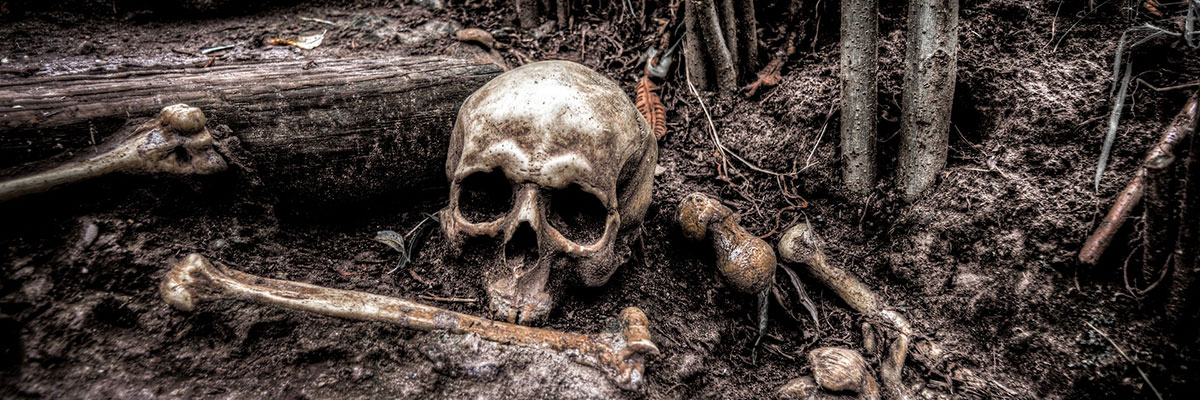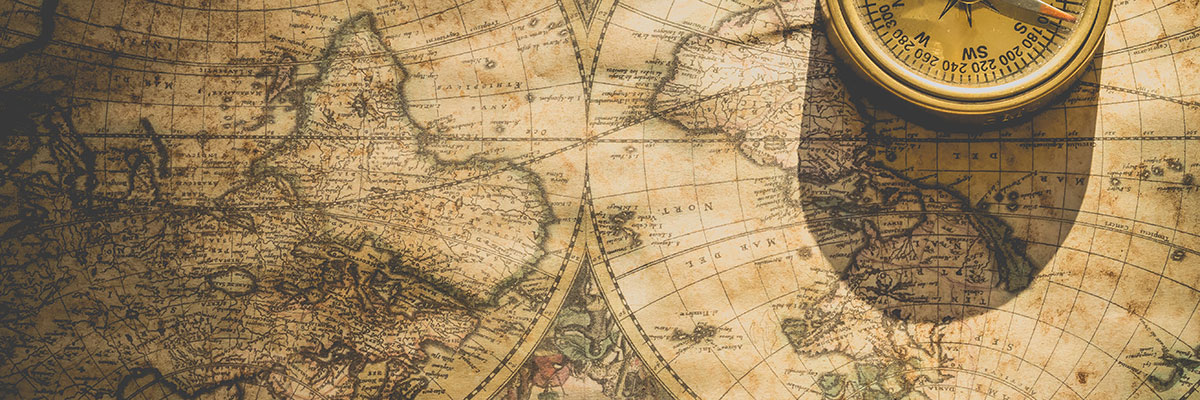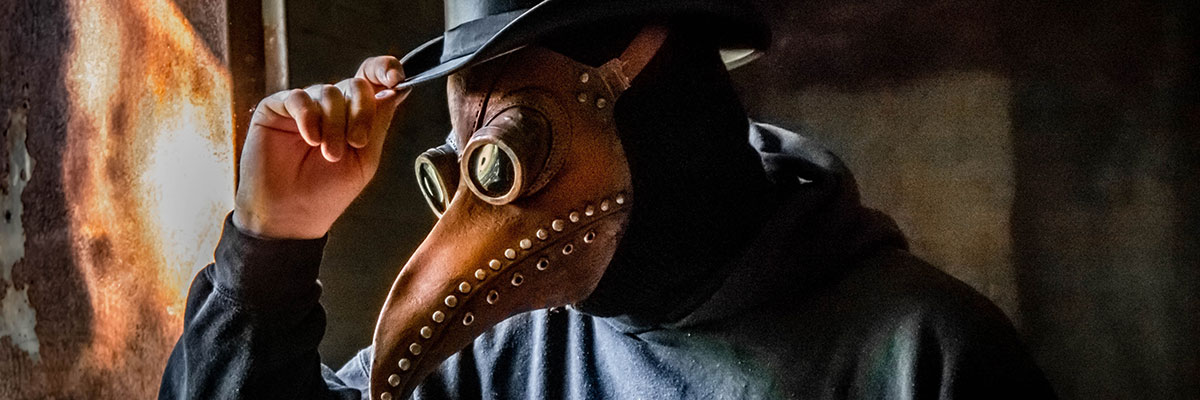Black Death
What is it?
The Black Death was a plague pandemic which devastated Europe from 1347 to 1352 CE, killing an estimated 25-30 million people. The disease, caused by a bacillus bacteria and carried by fleas on rodents, originated in central Asia and was taken from there to the Crimea by Mongol warriors and traders.
How Did The Black Plague Start?
Even before the “death ships” pulled into port at Messina, many Europeans had heard rumors about a “Great Pestilence” that was carving a deadly path across the trade routes of the Near and Far East. Indeed, in the early 1340s, the disease had struck China, India, Persia, Syria and Egypt.
The plague is thought to have originated in Asia over 2,000 years ago and was likely spread by trading ships, though recent research has indicated the pathogen responsible for the Black Death may have existed in Europe as early as 3000 B.C.
Did you know?
Many scholars think that the nursery rhyme “Ring around the Rosy” was written about the symptoms of the Black Death.

Black Plague: God’s Punishment?
Because they did not understand the biology of the disease, many people believed that the Black Death was a kind of divine punishment—retribution for sins against God such as greed, blasphemy, heresy, fornication and worldliness.
By this logic, the only way to overcome the plague was to win God’s forgiveness. Some people believed that the way to do this was to purge their communities of heretics and other troublemakers—so, for example, many thousands of Jews were massacred in 1348 and 1349. (Thousands more fled to the sparsely populated regions of Eastern Europe, where they could be relatively safe from the rampaging mobs in the cities.)
How Do You Treat the Black Death?
Physicians relied on crude and unsophisticated techniques such as bloodletting and boil-lancing (practices that were dangerous as well as unsanitary) and superstitious practices such as burning aromatic herbs and bathing in rosewater or vinegar.
Meanwhile, in a panic, healthy people did all they could to avoid the sick. Doctors refused to see patients; priests refused to administer last rites; and shopkeepers closed their stores. Many people fled the cities for the countryside, but even there they could not escape the disease: It affected cows, sheep, goats, pigs and chickens as well as people.
In fact, so many sheep died that one of the consequences of the Black Death was a European wool shortage. And many people, desperate to save themselves, even abandoned their sick and dying loved ones. “Thus doing,” Boccaccio wrote, “each thought to secure immunity for himself.”
The plague never really ended and it returned with a vengeance years later. But officials in the Venetian-controlled port city of Ragusa were able to slow its spread by keeping arriving sailors in isolation until it was clear they were not carrying the disease—creating social distancing that relied on isolation to slow the spread of the disease. The sailors were initially held on their ships for 30 days (a trentino), a period that was later increased to 40 days, or a quarantine—the origin of the term “quarantine” and a practice still used today.
Not Gone!
You may think that the plague, once called the Black Death, must be extinct, disappearing with knights in armor and village blacksmiths. But the disease that swept the world hundreds of years ago still lives. And it’s still dangerous. But unlike our ancestors, we know what causes the plague. And with quick treatment, it can be cured.
The Black Death epidemic had run its course by the early 1350s, but the plague reappeared every few generations for centuries. Modern sanitation and public-health practices have greatly mitigated the impact of the disease but have not eliminated it. While antibiotics are available to treat the Black Death, according to The World Health Organization, there are still 1,000 to 3,000 cases of plague every year.


